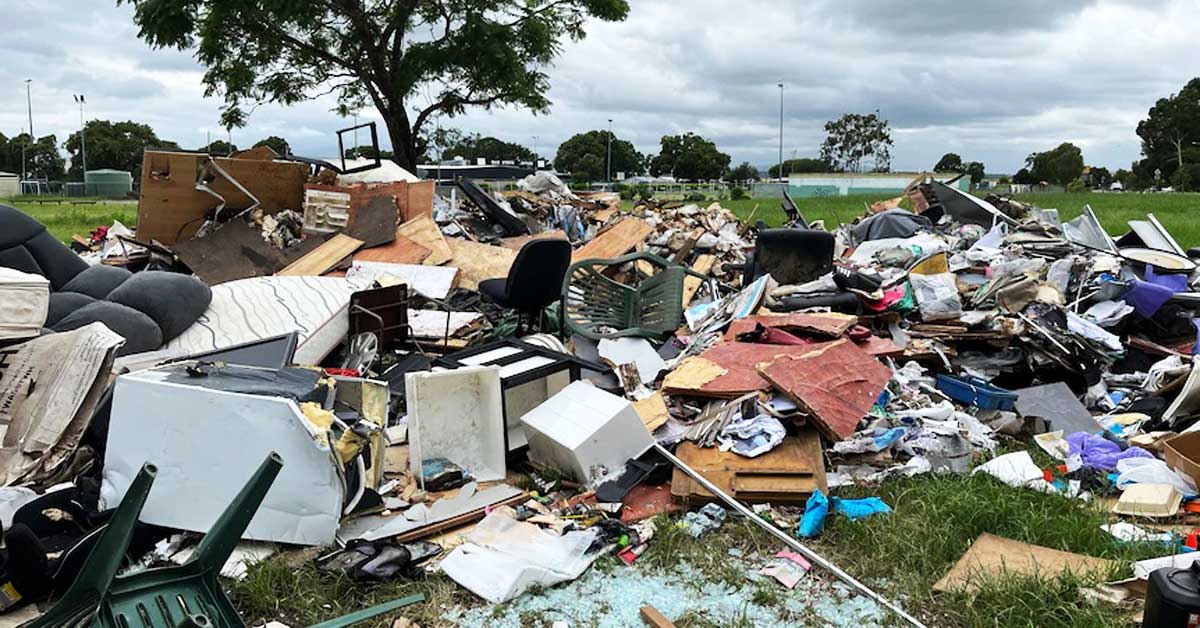Floods can be devastating, leaving homes and businesses ruined by water damage. The clean-up process is often long and difficult, and it can be hard to know where to start.
Floodwaters can carry all sorts of contaminants, so it’s important to take the right steps to clean up your house after a flood. Here are the steps that will show you how to clean up after a flood:
1. Remove All Wet Items From the House
Floodwaters can bring all sorts of debris and contaminants into your home, so it’s important to remove all wet items as soon as possible. This includes carpeting, furniture, and any other porous materials that have been soaked by floodwaters.
These items will need to be cleaned and disinfected before they can be used again. Flooded houses are a breeding ground for mould and mildew, so it’s also important to get the house dried out as quickly as possible. If you can’t do it yourself, there are professional companies that specialise in flooded house clean-up. Don’t delay, the sooner you get started, the better.
2. Wash All Walls and Floors With a Disinfectant Solution
Start by washing all walls and floors with a disinfectant solution. This will help to remove any mould or bacteria that might have been brought into the house by the floodwaters. Pay special attention to areas where the water has pooled, as these are likely to be the most contaminated. Once you’ve finished washing, be sure to dry the surfaces completely to prevent mould from taking hold.
3. Remove Any Mould or Mildew That Has Developed
After a flood, it’s important to clean up any mould or mildew that has developed. Mould can cause serious health problems, so it’s important to get rid of it as soon as possible. You can use a bleach solution to kill mould spores. Flooded houses are also at risk of structural damage, so it’s important to have the house inspected by a professional before you start cleaning.
4. Dry Out the House as Much as Possible
Any time your house floods, it’s important to dry it out as quickly as possible to prevent mould and mildew growth. Use fans and dehumidifiers to remove moisture from the air, and open windows and doors to allow fresh air to circulate.
5. Have Your Electrical System Checked by a Qualified Electrician
If your home has been flooded, it’s important to have the electrical system checked by a qualified electrician before using any electrical appliances or lights. Floodwaters can damage wiring, making it unsafe to use electrical appliances or lights until the system has been repaired or replaced.
If you’re doing your own flooded house clean-up, be sure to shut off the power at the main breaker before entering the house. And always wear rubber boots and gloves when working with electricity. With a little care and caution, you can safely get your home back up and running after a flood.
6. Hire a Skip Bin to Remove All Debris
Floodwaters can wreak havoc on a home, leaving behind a trail of damaged furniture, destroyed carpeting, and soaked drywall. While it may be tempting to try to salvage some of these items, it is important to realise that they may be beyond repair.
Floodwaters can contain harmful bacteria and contaminants that can pose a serious health risk. In addition, mould and mildew will begin to grow rapidly in moist conditions, leading to further damage.
For these reasons, it is best to hire Ezyskips as the best Perth rubbish removal. They can help you remove all rubbish and debris from your Perth home. This will help to ensure that your property is safe and clean.
With these steps, you can safely clean up your house after a flood.

